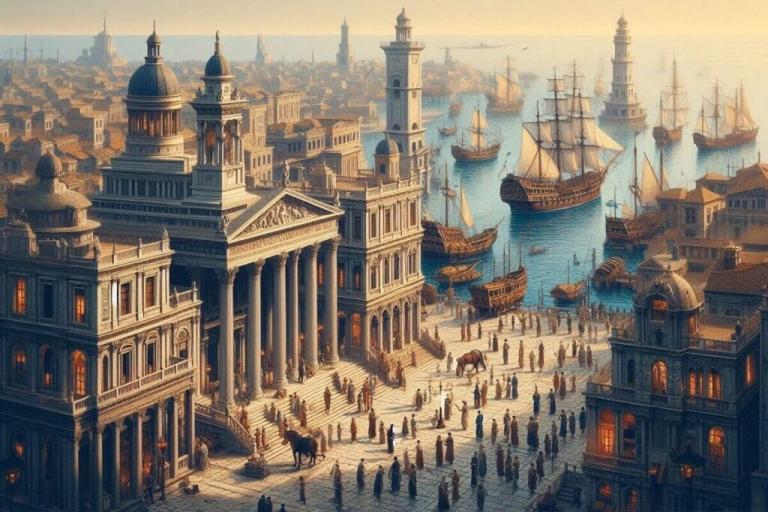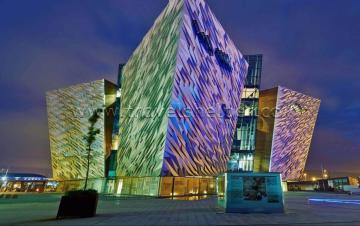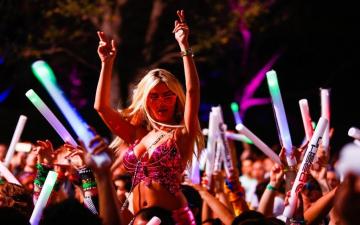From Alexander the Great's inception to its modern form, the city has stayed a lighthouse of knowledge, variety, and beauty. Its ageless appeal stems from…


The Central African Republic, a landlocked country located in the center of Africa, exemplifies the intricate relationships among history, geography, and human activity. Once known as Ubangi-Shari, this nation has a unique place in Central Africa with six boundaries among six different countries. Chad lies north; Sudan and South Sudan surround its northeastern and eastern borders accordingly. With the Republic of the Congo to the southwest and Cameroon to the west, the Democratic Republic of the Congo welcomes its southern boundary. Along the banks of the Ubangi River, at the junction of many frontiers, stands Bangui, the capital and biggest city of the Central African Republic.
Covering around 620,000 square kilometers, the Central African Republic presents a scene as diverse as its past. Most of the nation is distinguished by Sudano-Guinean savannas, large grasslands scattered with horizonally visible trees. Two separate biological zones round this core belt: the lush equatorial forest zone in the south, a green paradise bursting with species, and the Sahelo-Sudanian zone in the north, where the ground starts to speak of the impending Sahara. The country’s hydrology highlights even more this geographical variety. The basin of the Ubangi River, a main tributary of the great Congo, covers two-thirds of the land of the country. The third left-over comes from the Chari River basin, which runs north to feed the mysterious Lake Chad.
Archaeological evidence points to human existence as early as 8,000 BCE, therefore tracing millennia of human occupation in what is now the Central African Republic. These early people set the groundwork for a complex tapestry of civilizations and communities spanning thousands of years to develop. But formed of the colonial aspirations of 19th-century France, the contemporary political entity known as the Central African Republic is a much more recent birth. Establishing the boundaries of Ubangi-Shari, as it was then called, the French created an area destined for colonial control until the middle of the 20th century.
As the country came free from France, 1960 represented a pivotal moment in its history. Political unrest soon eclipsed the promise of self-governance, but, Under the direction of a series of dictatorial presidents, each of whom permanently changed the course of the country, the recently independent nation discovered itself Jean-Bedel Bokassa, whose rule included an unfortunate effort to turn the republic into a monarchy with himself as the self-proclaimed emperor, was maybe the most famous of them.
Change was blowing over the Central African Republic as the 20th century came to an end. Growing demands for democracy throughout the 1990s led to the nation’s first multi-party democratic elections in 1993. Ange-Félix Patassé triumphed, therefore launching a new chapter of optimism for democratic government. That optimism was fleeting, however. General François Bozizé launched a coup in 2003, therefore bringing the country into political unrest once again.
The Central African Republic Bush War broke out the next year, 2004, and would linger long over the nation’s destiny. Though efforts at peace abound—including treaties signed in 2007 and 2011—the prospect of civil war reappeared with a fury in 2012. The country and its people have suffered much from this continuous war, which has helped to sustain a cycle of violence and instability to today. The Central African Republic’s population as of 2024 is around 5,357,744; many of them having known only violence in their entire.
Apart from upsetting the daily lives of innumerable people, the civil conflict has clouded the human rights record of the nation. Reports of rampant mistreatment by different armed groups—including arbitrary detention, torture, and harsh limits on basic liberties like press and movement—have become all too frequent. These transgressions are far different from the values of democracy and human decency that many Central Africans still hope for.
The great potential of the Central African Republic adds to the emotional resonance of the tragedy of its present circumstances. Under its ground lay major mineral riches including cobalt, uranium, crude oil, gold, and diamonds. Its rivers promise hydroelectric power; its woodlands provide excellent timber. The ground itself seems mostly to be arable, suggesting agricultural plenty. The Central African Republic is among the poorest countries in the world, despite these advantages, nevertheless. Its questionable reputation as of 2017 was having the lowest GDP per capita at purchasing power parity worldwide.
The development statistics of the nation mirror the human cost of this economic battle. With the Human Development Index (HDI) rating the Central African Republic 191st out of 193 nations in 2022, the nation boasts among the lowest degrees of human development globally. With the nation ranked 164th out of 165 countries on the Inequality-adjusted Human Development Index (IHDI), the situation is even more striking when corrected for inequality. These numbers provide a bleak picture of a country in which many still lack access to chances for education, healthcare, and economic development.
Reflecting the many difficulties of obtaining sufficient healthcare and preserving well-being in a conflict-torn environment, the Central African Republic has been calculated to be the unhealthiest nation worldwide, therefore highlighting the hardships encountered by its people. The realization that it is the worst place in which one might be young, a clear condemnation of the few possibilities and many risks the young people of the country face, is perhaps most painful.
Currency
Founded
Calling code
Population
Area
Official language
Elevation
Time zone
The Central African Republic, a landlocked country located in the center of Africa, exemplifies the intricate relationships among history, geography, and human activity. Once known as Ubangi-Shari, this nation has…
From Alexander the Great's inception to its modern form, the city has stayed a lighthouse of knowledge, variety, and beauty. Its ageless appeal stems from…

Millions of visitors come to Spain annually because of its vibrant culture, fascinating past, and amazing scenery. Still, the real spirit of Spain is found…

While many of Europe's magnificent cities remain eclipsed by their more well-known counterparts, it is a treasure store of enchanted towns. From the artistic appeal…

From Rio's samba spectacle to Venice's masked elegance, explore 10 unique festivals that showcase human creativity, cultural diversity, and the universal spirit of celebration. Uncover…

Discover the vibrant nightlife scenes of Europe's most fascinating cities and travel to remember-able destinations! From the vibrant beauty of London to the thrilling energy…

© All Rights Reserved. By Travel S Helper